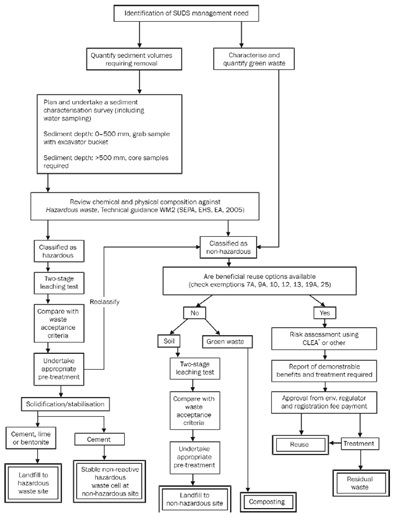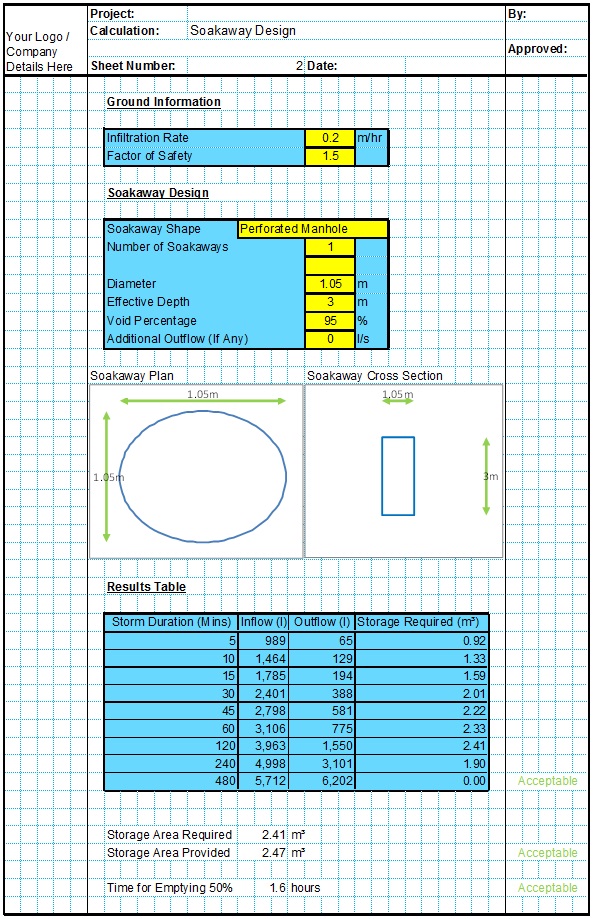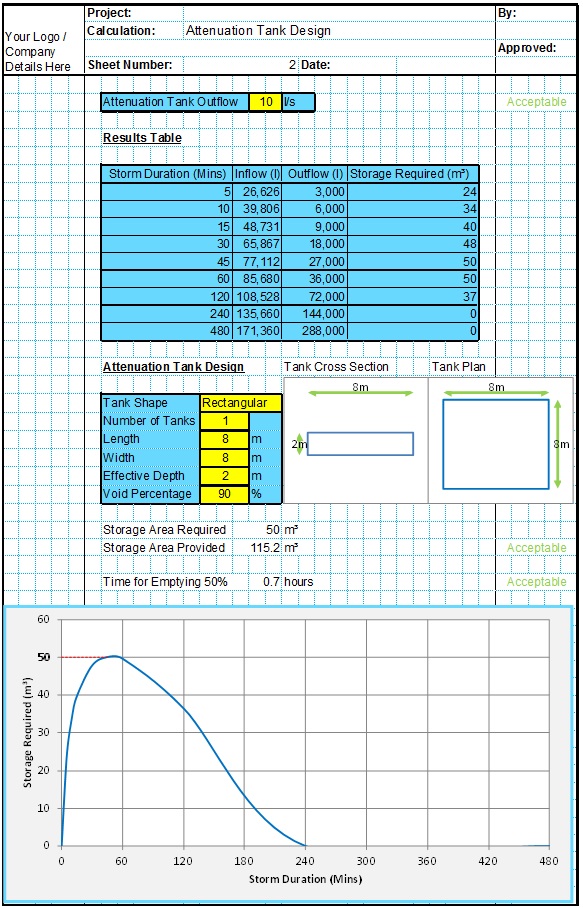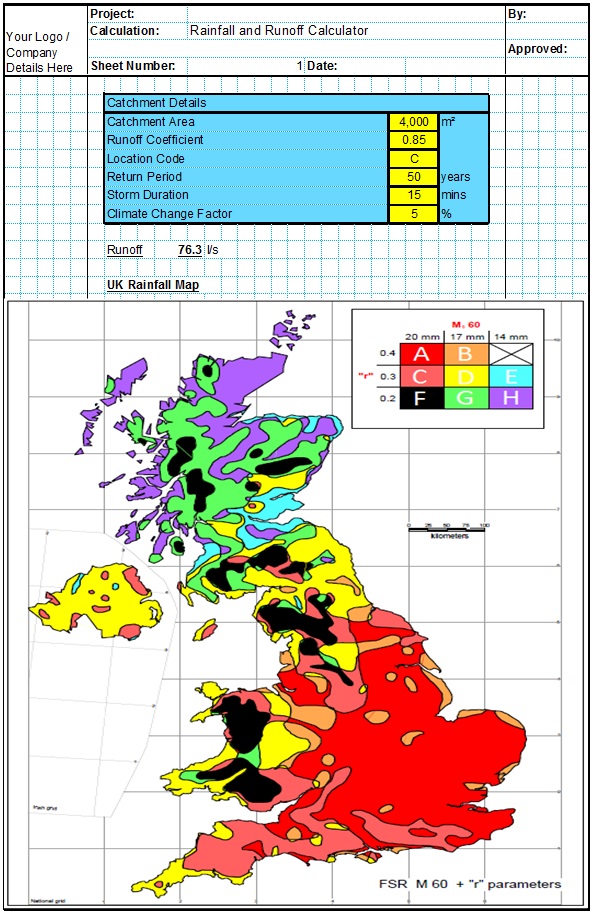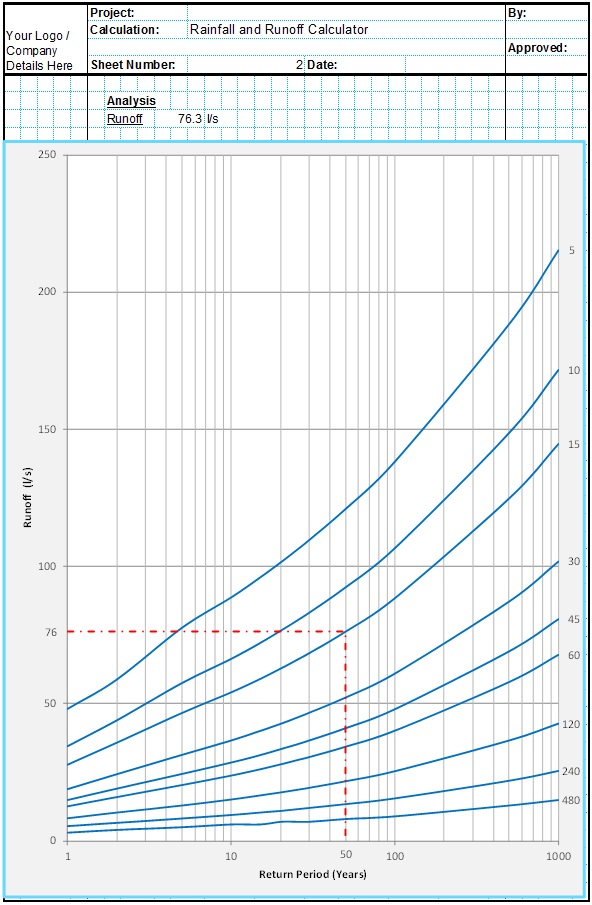The maintenance of a soakaway will likely include the periodic removal of waste sediments. This prevents the sediments from blocking the voids in the soil reducing the infiltration rate, and from collecting in the soakaway reducing the storage capacity.
Soakaway Waste Management
The quantity of sediments accumulated and therefore the frequency of maintenance required is dependent on a number of factors;
- Any sediment interception methods employed upstream such as filter strips, catchpits or separators will reduce the quantity of sediments entering the soakaway.
- The type of runoff handled by the soakaway. Soakaways handling runoff only from roofs will have a low quantity of sediments, runoffs from rural or unpaved catchments will be high in sedimentation. These can be minimised with appropriate erosion control methods and sediment interception methods.
- Size of catchment and volume of runoff. The greater the volume of runoff the greater the quantity of sediments expected.
Sediment removal should always be undertaken in a manner which minimises the risk of damaging the soakaway. A suction tanker should generally be used to empty soakaways which include a precast concrete storage area. It may be necessary to remove the sediments by hand, particularly where they have dried out. Suitable access arrangements should be made if the sediments are to removed by hand, the soakaway will be classed as a confined space.
Where large plant such as excavators or large tankers are used care should be taken to minimise the risk of damaging the soakaways structure. Care must also be taken not to compact the loose ground around the soakaway which could lead to a deterioration of the infiltration.
Filled soakaways or infiltration trenches will usually require the backfill material to be removed entirely and either cleaned or replaced. Care must be taken to avoid damage to any geotextile liners.
Sediment Testing
When the runoff comes largely from building roofs and standard roadways the sediments produced are not generally toxic or hazardous and can be disposed of by standard methods. Testing of the sediment may be required before it can be disposed of to prove that it is non-hazardous.
On industrial sites, sediment testing is essential as heavy metals, hydrocarbons and other contaminants can enter the runoff. This is particularly the case where no suitable interception methods are in place. Sometimes these sediments can be spread onsite if suitable. Otherwise the sediments may need to be disposed of as hazardous waste. Waste management legislation must be adhered to even if the sediments are being spread onsite. A flowchart describing a sediment characterisation process is shown below.
Green Waste Management
The maintenance of soakaways will often include the removal of some vegetation, bushes and even small trees which are affecting the access to or operation of the soakaway.
In most cases this green waste can be composted and reused. Indeed large developments may include composting facilities onsite. Where these facilities exist all green waste can be recycled into compost or mulching for reuse.
Wildlife piles can also sometimes be used to recycle green waste and enhance the biodiversity of the site by providing refuges, food and egg laying sites for wildlife. Otherwise green waste can be removed to an appropriately permitted offsite composting facility.
Related Spreadsheets from CivilWeb;
Soakaway Design Spreadsheet
This spreadsheet calculates the requirements for a soakaway system and assists the user to design a suitable system.
Attenuation Design Spreadsheet
This spreadsheet calculates the requirements for a attenuation system and assists the user to design a suitable system.
Runoff Calculator Spreadsheet
This spreadsheet calculates the design runoff flow for a site in accordance with the a number of different methods including the Wallingford Procedure.
Full Drainage Design Suite
Full drainage design suite (50% Discount) including 7 spreadsheets;
- Colebrook White Pipe Design
- Manning Pipe Design
- Manning Open Channel Design
- Linear Drainage Design
- Runoff Calculator
- Attenuation Design
- Soakaway Design
